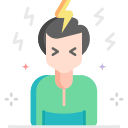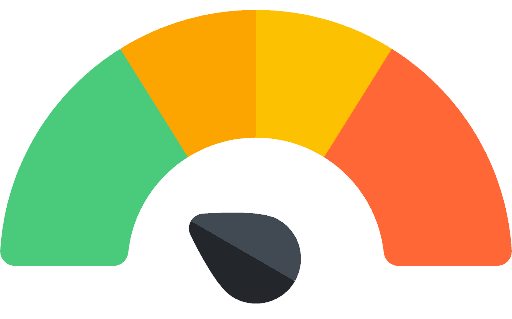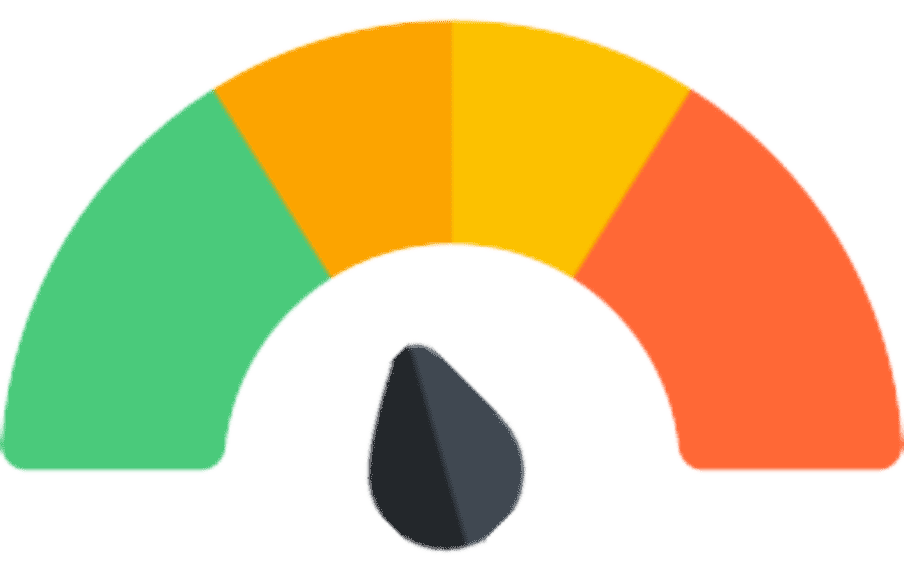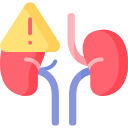LOFLAZEPATE
THERAPEUTICS
Class
- Benzodiazepine (anxiolytic)
LOFLAZEPATE commonly prescribed for
(Bold for FDA approved)
 How LOFLAZEPATE works
How LOFLAZEPATE works
• Binds to benzodiazepine receptors at the GABA-A ligand-gated chloride channel complex
• Enhances the inhibitory effects of GABA
• Boosts chloride conductance through GABA-regulated channels
• Inhibits neuronal activity presumably in amygdala-centered fear circuits to provide therapeutic benefits in anxiety disorders
How long until LOFLAZEPATE works
• Some immediate relief with first dosing is common; can take several weeks with daily dosing for maximal therapeutic benefit
SIDE EFFECTS
 Notable Side Effects
Notable Side Effects
• Sedation, fatigue, depression
• Dizziness, ataxia, slurred speech, weakness
• Forgetfulness, confusion
• Hyperexcitability, nervousness
• Rare hallucinations, mania
• Rare hypotension
• Hypersalivation, dry mouth
 Life Threatening Side Effects
Life Threatening Side Effects
• Respiratory depression, especially when taken with CNS depressants in overdose
• Rare hepatic dysfunction, renal dysfunction, blood dyscrasias
weight gain

unusual
sedation

not usual
What to do about LOFLAZEPATE side effects
• Wait
• Wait
• Wait
• Lower the dose
• Take largest dose at bedtime to avoid sedative effects during the day
• Switch to another agent
• Administer flumazenil if side effects are severe or life-threatening
DOSING AND USE
usual dosage range
• 1 mg once or twice a day
 Dosage Forms
Dosage Forms
• Tablet 1 mg, 2 mg
long term use
• Risk of dependence, particularly for treatment periods longer than 12 weeks and especially in patients with past or current polysubstance abuse
habit forming
• Patients may develop dependence and/or tolerance with long-term use
SPECIAL POPULATIONS
 Renal Impairment
Renal Impairment
• Drug should be used with caution
 Hepatic Impairment
Hepatic Impairment
• Drug should be used with caution
 Cardiac Impairment
Cardiac Impairment
• Benzodiazepines have been used to treat anxiety associated with acute myocardial infarction
 Elderly
Elderly
• Drug should be used with caution
• Should begin with lower starting dose
 Children and Adolescents
Children and Adolescents
• Safety and efficacy have not been established
• Benzodiazepines are often used in children and adolescents, especially short-term and at the lower end of the dosing scale
• Long-term effects of loflazepate in children/ adolescents are unknown
• Should generally receive lower doses and be more closely monitored
 Pregnancy
Pregnancy
Possible increased risk of birth defects when benzodiazepines are taken during pregnancy
• Because of the potential risks, loflazepate is not generally recommended as treatment for anxiety during pregnancy, especially during first trimester
• Drug should be tapered if discontinued
• Infants whose mothers received a benzodiazepine late in pregnancy may experience withdrawal effects
• Neonatal flaccidity has been reported in infants whose mothers took a benzodiazepine during pregnancy
• Seizures, even mild seizures, may cause harm to the embryo/fetus
 Breast Feeding
Breast Feeding
• Some drug is found in mother’s breast milk
• Recommended either to discontinue drug or bottle feed
• Effects on infant have been observed and include feeding difficulties, sedation, and weight loss
Based on data Published online by Cambridge University Press
Compiled by Dr. Jash Ajmera